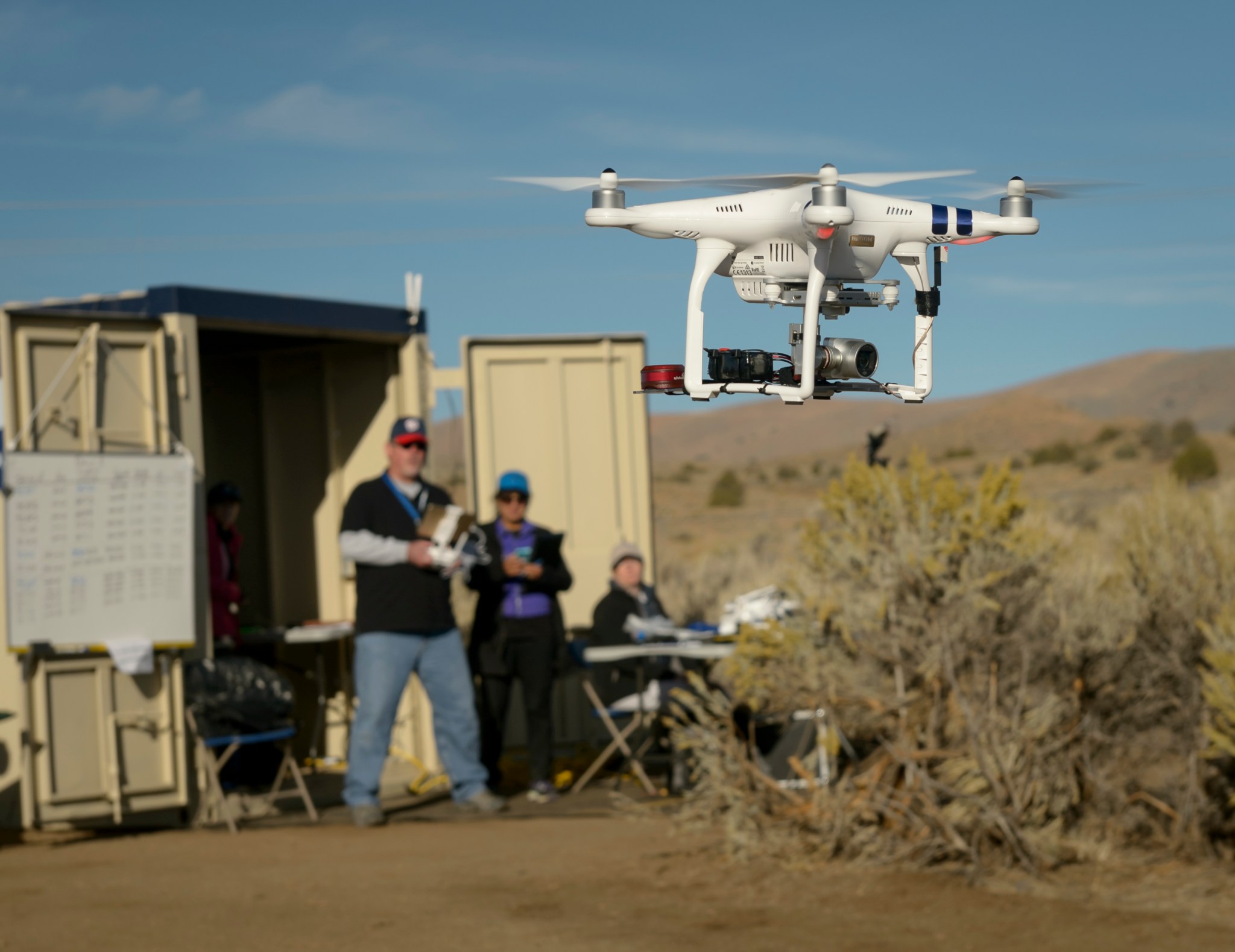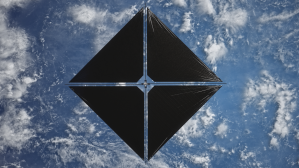Today if you hear a “buzzzzzz” overhead, you may look up to see someone’s remote-controlled hobby “drone.” In the coming years, though, we may see more small low-flying aircraft, controlled by commercial computer systems, and serving more useful purposes.
From package delivery, to power-pole inspections, to gathering information for emergency response, the skies just above us may start to get more crowded. But how do these flying robots avoid each other – and zones where flying could be restricted or unsafe, like around airports?
Some of the best air traffic researchers on the planet, led by Parimal H. Kopardekar, senior technologist for air transportation systems at NASA’s Ames Research Center in Silicon Valley, are working on that problem.
Building on decades of experience in air traffic research and self-driving systems, an Unmanned Aircraft Systems Traffic Management (also known as “UTM”) team at Ames has set out to design a platform that will help monitor and manage drones weighing less than 55 pounds flying at or below 500 feet.
The team’s primary research goal is creation of a system that integrates drones safely and efficiently into existing low-airspace operations. That way when your package is being delivered or you’re flying a drone for fun with your kids at a park, no one has to worry about interfering with a helicopter, a nearby airport or a safety drone being flown by first responders helping to save a life.
UTM is designed to be very similar to the air traffic control system used by the Federal Aviation Administration, the FAA, for today’s airplanes. The multi-year UTM project continues NASA’s long-standing relationship performing research that supports aviation and the FAA. Throughout the collaboration, Ames has provided ideas, software development and real-world testing for the FAA, which will ultimately put this knowledge to use in our skies. NASA leads the UTM project with partners across various industries and academia who are committed to researching and developing a safe platform.
For his work in this area, Kopardekar has been selected as a finalist for the 2018 Samuel J. Heyman Service to America Awards. The “Sammies” highlight excellence in the federal workforce, and Kopardekar is a finalist for this year’s Promising Innovations medal.
The Sammies have a People’s Choice Award where you can cast your vote for as many finalists – including Kopardekar – as you want, submitting your votes once per day. Visit the site to view the profiles of this year’s finalists and vote for those who have made the most outstanding contributions to the federal government and our society: https://servicetoamericamedals.org/peoples-choice/index.php
People’s Choice voting is open until 11:59 p.m. EDT (8:59 p.m. PDT) Monday, July 9, 2018. The winner will be officially announced and recognized during an event on July 19.
For information about NASA and its programs, visit:
Media contact:
Darryl Waller
Ames Research Center in Silicon Valley
650-604-4789
darryl.e.waller@nasa.gov

































